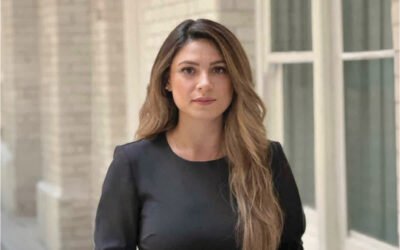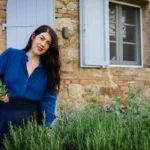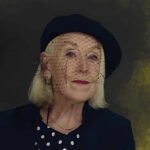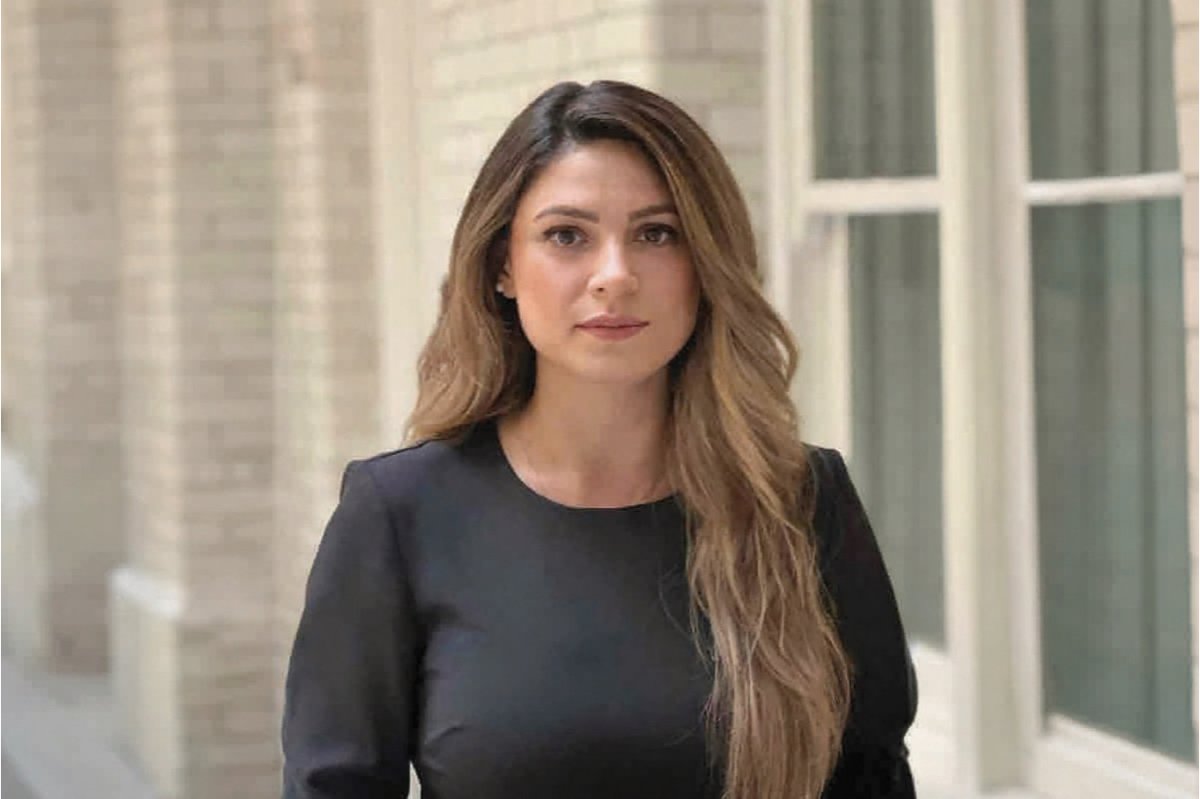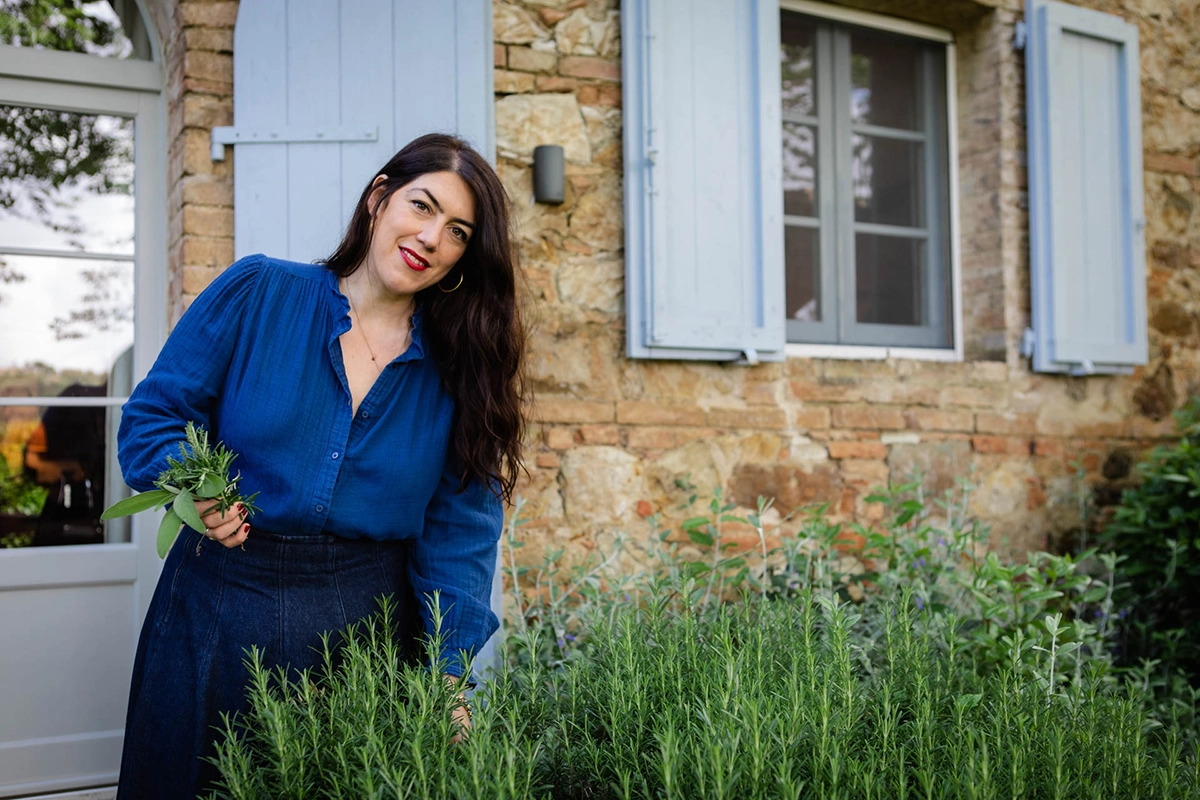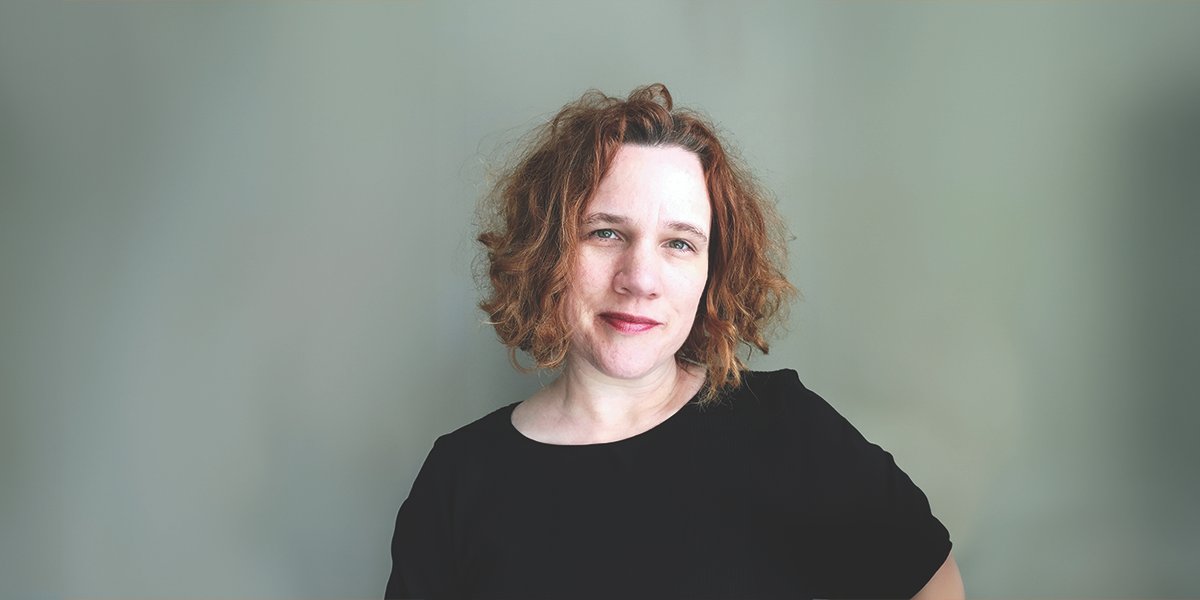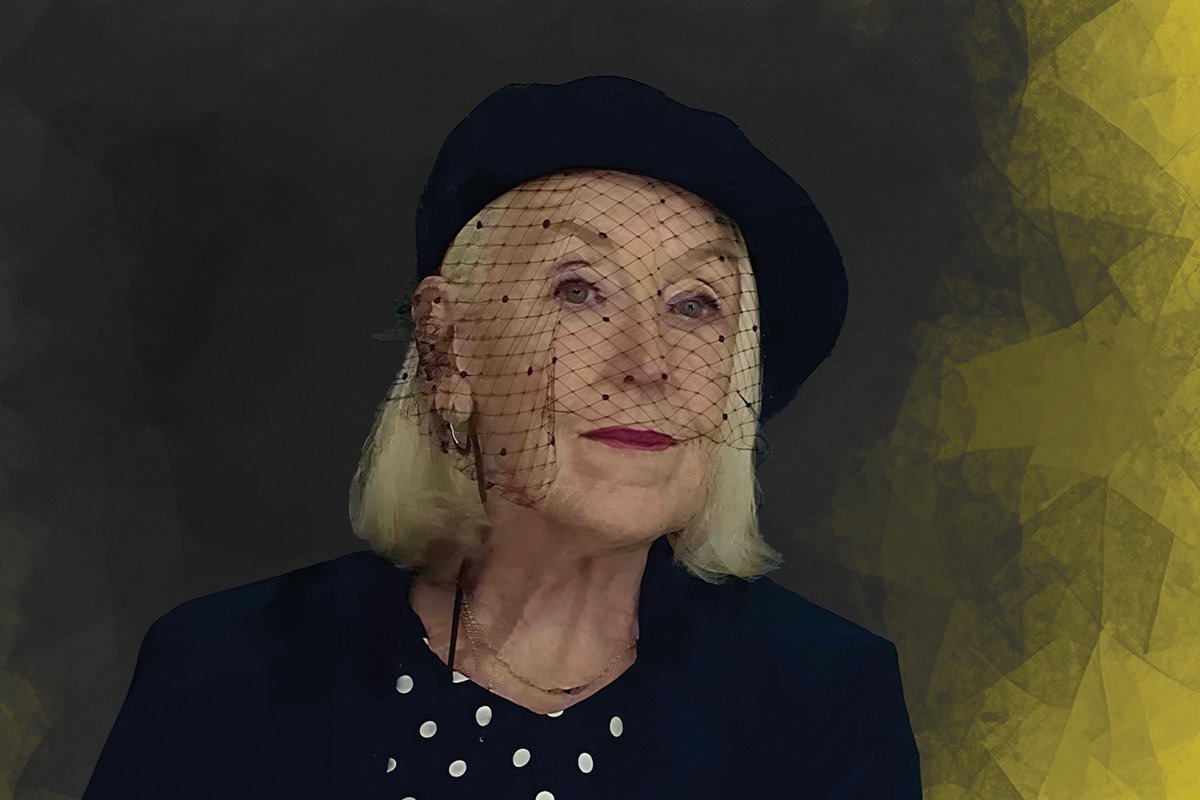Janet Hennessey Dilenschneider – Painting Hope and Harmony

How Nature and Expressionism Shape Her Visionary Art
“Janet Hennessey Dilenschneider, an expressionist painter, draws inspiration from nature to create serene landscapes. Her work emphasizes hope and beauty, encouraging viewers to connect with art and environmental issues.”
In the world of contemporary art, few artists capture the ethereal beauty and profound serenity of nature quite like Janet Hennessey Dilenschneider. From her early beginnings, when a chance encounter with the legendary Roy Lichtenstein set her on a path of artistic discovery, to her current status as a celebrated expressionist painter, Dilenschneider’s journey is as inspiring as her work. Her paintings, characterized by rich palettes, loose brush strokes, and luminous misty vistas, invite viewers to experience the world through her eyes—where light and color dance in harmonious symphony.
Mosaic Digest magazine is proud to feature Janet Hennessey Dilenschneider on our cover, celebrating her unique ability to convey hope and tranquility through her art. Her latest exhibition, “Come To The Light,” is a testament to her commitment to providing peace and solace in a troubled world. By drawing inspiration from the natural beauty of her Connecticut surroundings and the broader global landscape, Dilenschneider’s work resonates with a universal message of renewal and inspiration.
In this exclusive interview, we delve into the creative process behind her evocative landscapes, her influences from impressionism and expressionism, and her dedication to using art as a medium for social commentary. As she continues to evolve and explore new themes, Janet Hennessey Dilenschneider remains a beacon of artistic innovation and a testament to the transformative power of art. Join us as we explore the mind and heart of an artist who invites us all to fall in love with nature—and ourselves—all over again.Your exhibition Come To The Light emphasizes the serenity and beauty of nature.

Can you share more about your creative process and how your surroundings in Connecticut influence your work?
My surroundings PLUS what is happening in the world GREATLY affects my paintings. With “Come To The Light” my objective is to give PEACE and SOLACE to a troubled world…thus, to give INSPIRATION and HOPE.
When, one very early morning, I passed a second-floor window and saw the beautiful sunrise, I was impressed beyond belief and motivated to paint that sunrise. I then thought, this is the THEME of the show. I followed with mostly paintings which had lovely reflections of sun on water or giving highlights to some object. Light and sun are inspiring to many people, even spiritual to some.
You had a memorable encounter with Roy Lichtenstein early in your career. How did that experience shape your journey as an artist, and are there any other pivotal moments that have influenced your artistic path?
Yes, at about 16, I entered a painting in a formal juried show, for the first time. Initially, I was rejected and very disappointed. A man offered to help me by putting the required hanging wires on the back. I subsequently learned it was Roy Lichtenstein and the curator of the show. Later a friend called and said I had won first place in Water Color. How motivating!
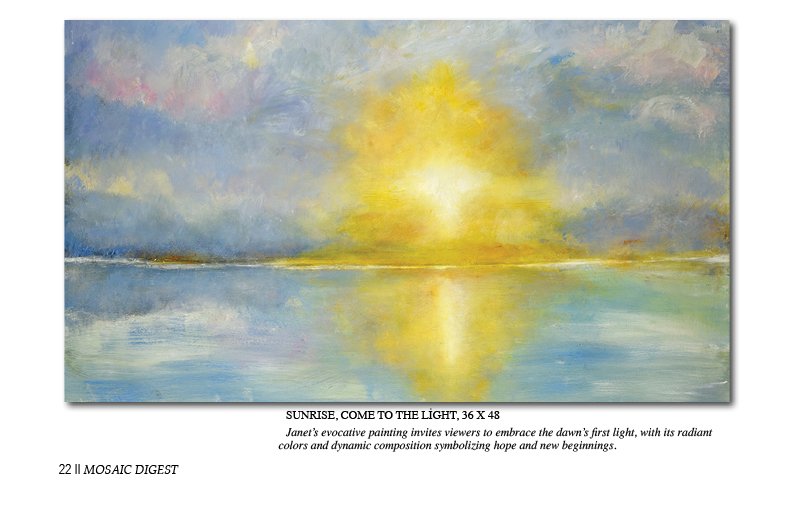
Other moments were when a teacher in an art class pulled me aside and suggested I major in art. It seemed so obvious then.
One of the most professionally motivating moments was when an important gallery owner in Paris that we had just had dinner with looked at my work on a CD and said, “Well, I guess we are just going to have to give you a show” … my first SOLO show and in Paris! That was 2013 and I have had 14 solo shows since them, 7 as a result of my Paris gallery exhibition.
The title of your exhibition, “Come To The Light,” suggests a sense of hope and tranquility. What message or emotions do you hope to convey to viewers through this collection of paintings?
I want whomever needs a little “hope” or reinforcement to get the spiritual feeling from the paintings and allow themselves to feel a sense of renewal. Art can be healing and motivational if we allow it to be.
As an artist, I have a personal obligation to give something to my viewer. My objective is to have them participate in the painting and get something out of it.
You are known for your expressionist style with influences from impressionism. Can you discuss how these styles have impacted your work and how you have developed your unique artistic voice over the years?
As an Expressionist painter, I want you to FEEL what I feel and like about that tree. How do I attempt to do this? I use very free brushstrokes, if the strokes are angled and deftly put down, they are to me the PASSION in the painting. This PASSION is shown through the GESTURE lines and colors laid down next to each other.
The color is the JOY, not just one color but the combination of colors. One color can “modify” how you see the other – they add excitement. They “sing” together as I like to say. This is called “simultaneous contrast,” and it is often used today. It is, however, revered and borrowed from the Impressionists, that and their freedom of stroke are the two greatest concepts they gave us. They freed up the way for Abstract Expressionists and today’s contemporary artists.
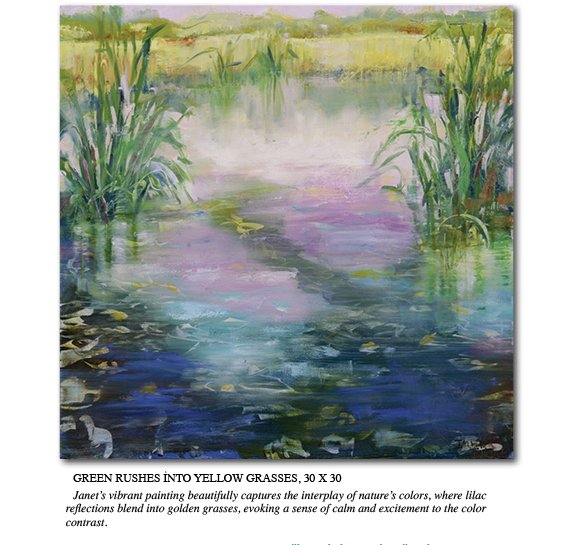
With several exhibitions planned for later this year, can you give us a glimpse into what you are working on next and any new themes or ideas you are excited to explore in your upcoming projects?
I am currently working on new techniques and subject matter. An artist needs to constantly evolve and challenge their own artistry and bring it to new heights. I am in love with the shapes of clouds and “misting out” landscape scenes.
You mentioned that your passion for the arts was “inherited” from your mother and sister. How did their influence shape your artistic style and career, and are there specific lessons or techniques you learned from them that you still use today?
I was surrounded with art as a youngster. My mother’s paintings were very realistic. If I were her art teacher, I would have suggested she “free up” her brushstroke, however, her colors were beautiful. I still remember sitting at the breakfast table as a young girl with my sister and she told us, “Always put your lightest lights next to your darkest darks.” I do use this technique today, and I also use it as a philosophy of life.
You’ve expressed a desire for artists to comment on societal issues, particularly ecology and global warming. How do you balance conveying a message about these critical issues while also creating art that provides a sense of peace and beauty?
Good question. I do believe artists have the right, even the obligation, to make reference to social change.
I try to get the viewer to “Participate” in the painting and see the point of view I have about the issue. In my first solo shows, I wanted to have the viewer “fall in love with nature all over again” as I like to say. My goal was to develop an awareness of the ecology.
I showed beautiful trees, greenery and leaves which everyone could appreciate. Now, recently I have tried to get the viewer to feel that sense of calm and renewal which the “Come To The Light” Exhibition has shown.
I do believe a painting can affect a person. The way I reflect ecology, global warming, and conflict in the world that causes unrest is to treat the subjects with calming and beautiful images. Beauty in the art is what does the work.
Can you elaborate on your creative process, particularly how you let your “creative brain” take over when interpreting colors and designs? How do experiences, like your drive through Provence, influence your work?
The “Creative Process” is many things: very easy, complicated and interpretive. I always look at all visual stimuli, specially if I am looking for something to “spark” a painting. I try to never copy but as many famous artists have said, “let the paint take you and tell you where to go.” This is where your “creative brain” should take over. You have been sending artistic messages and images to your “artistic brain” for a long time. Now you work on your painting and look for the “newness” you want to create.
My ride through Provence was a perfect example. There were many beautiful treelined allées and I had the driver stop at least 8 times to photograph them. I was enchanted with the scenes, the colors, shadows, and winding roads. Five paintings were the result. None are exactly alike in color or style. This was one of my “Creative Brain” escapades.
You’ve had the opportunity to do solo exhibitions in various locations. How does the freedom to paint what you feel and see impact your work, and are there any particular themes or subjects you are eager to explore in future exhibitions?
What one “feels” about what one sees is what it is all about. If you don’t have a feeling about the scene, go to the next scene. Right now, I am into CLOUDS and how to paint them with a “misty” look. They are magical. I am also in love with ATMOSPHERE and how it is shimmery and misty with one color blending into another. That is where I am going now with my brush. There is a lot of violence in the world today. I won’t paint THAT! I want people to be uplifted and enlightened, I paint the “Light” not the “Dark.”
You advise young painters to “beat their own drum” and “observe, observe, observe.” Can you share more about how emerging artists can find their unique voice and the importance of being attuned to the world around them in their creative journey?
I always advise young artists to LOOK at everything they can: art books of favorite artists, art magazines, galleries, museums. Spend some time learning about what others have done. Spend some good time on this and then do your personal research. Look at the different shapes of leaves in a garden, or of clouds floating by, or colors next to each other in a flower garden. Then let your “Creative Brain” take over. Always remember GESTURE which is Design of the piece and COLOR which is the biggest attraction …. and the JOY.
The Chinese artists say, “Draw it 9 times; paint it once.” Try that too

